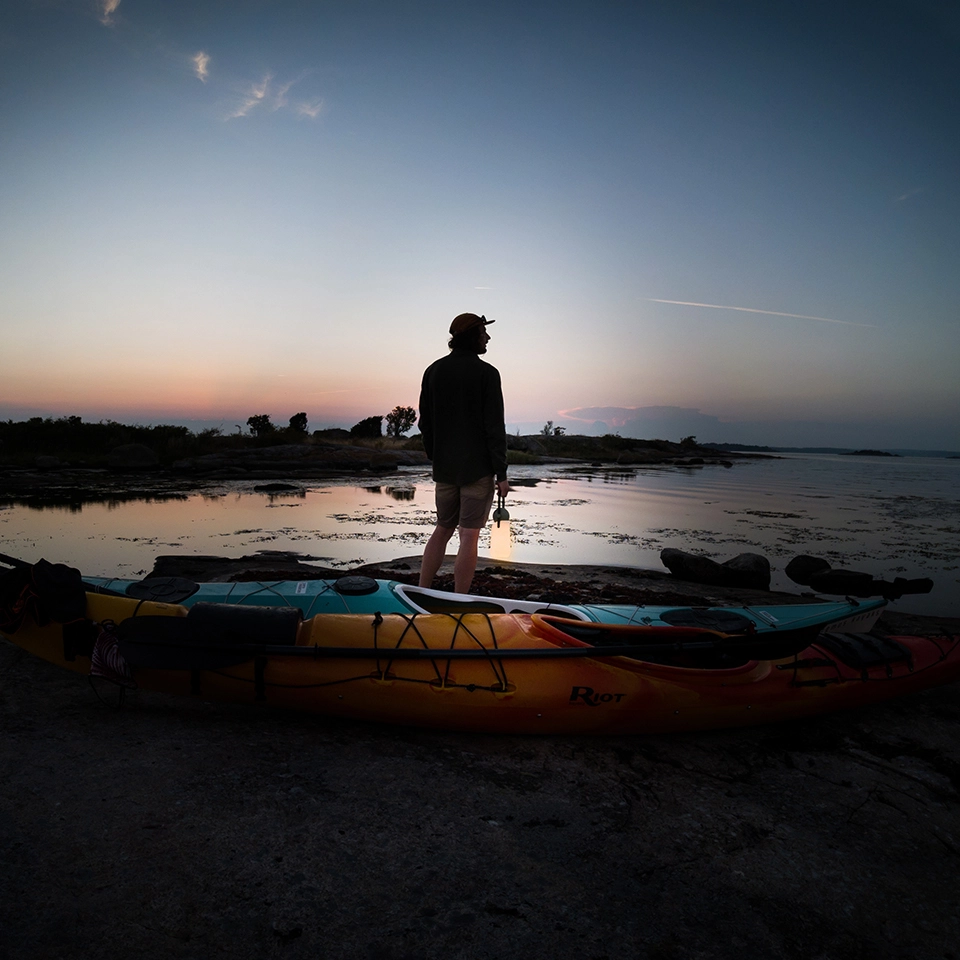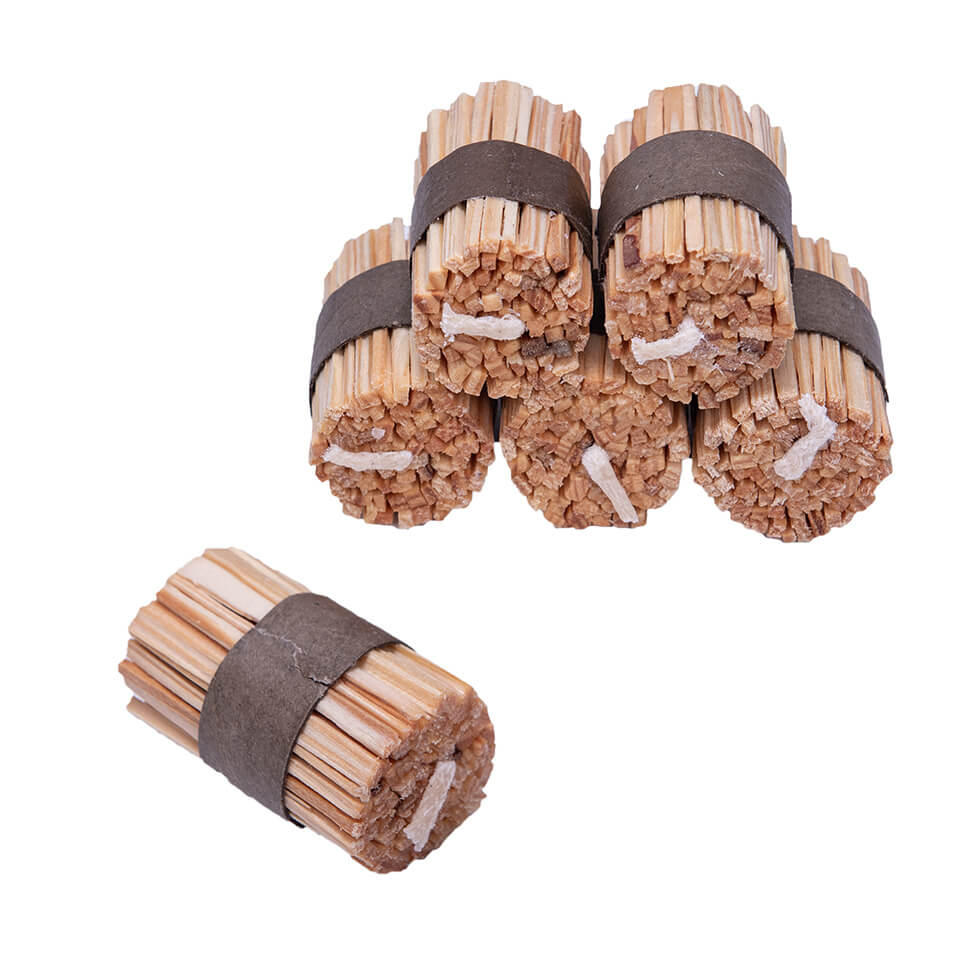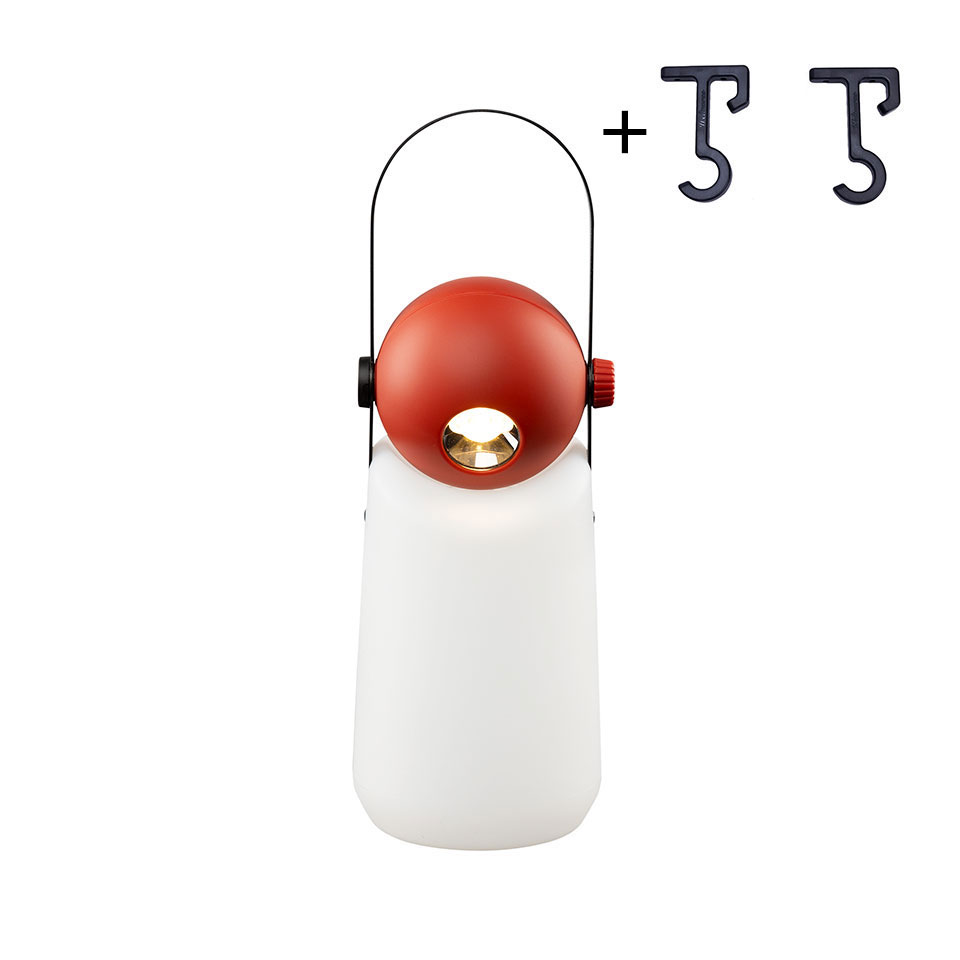In today's fast-paced world, taking a break from our busy lives and reconnecting with nature can be incredibly challenging to the point that we never do anything truly adventurous. The goal of a microadventure is to make it as easy as possible to get out of your comfort zone and experience something new. Earlier, we interviewed Mathias Michielsen of Fagus Outdoor about his microadventure experiences. Here are his best tips to get you started on planning a microadventure that will get you out of your everyday routine and into the wilderness.
Tip 1: Don’t know where to begin? Start with your bucket list
In his book Moods of future Joys, Humphreys writes: ‘We tend to focus on the reasons why not to do things, we come up with excuses to allow ourselves to take the easy way out. It’s often easier to do nothing than to do something.’ Microadventures are a way around those reasons for not doing something: no time, money or proximity to mountains for that big adventure? Then make it as small as possible and do it anyway. So, for your first microadventure, make it as easy as you can for yourself: think about the biggest dreams on your bucket list and make them as small as possible. Does yours have ‘climb Mount Everest’ on it? Plan a hike in your own country. Do you want to cross the ocean in a kayak some day? Rent a kayak near your home and go on a mini kayak expedition.
Tip 2: Plan your first adventure within your comfort zone
One of the key principles of microadventures is to step outside of your comfort zone without straying too far from it. Mathias: ‘It’s important to plan your adventure based on your level of experience and comfort with outdoor activities so you challenge yourself but it stays doable.’ Don’t feel comfortable sleeping outdoors? Plan a microadventure that doesn’t include an overnight trip, such as foraging your own meal and preparing it over a self made fire. Are you an experienced camper? Consider leaving your tent behind and falling asleep under the stars. ‘As long as it helps you get out of your everyday routine, you’re good.’
Tip 3: Keep it simple and affordable
One of the appealing aspects of microadventures is that they are simple and affordable. ‘You don't need to invest in expensive gear or travel to far-off destinations. Keep your planning and packing simple, and focus on the experience rather than the equipment.’ Choose lightweight and compact gear that is easy to carry, and pack only what is necessary for your adventure. Consider borrowing or renting gear if you don't have your own. Look for free or low-cost camping options, and plan meals that are easy to prepare with minimal cooking equipment. ‘Keeping your microadventure simple and affordable will allow you to focus on the joy of being in nature without breaking the bank.’
Tip 4: Leave no trace behind and respect nature
‘As outdoor enthusiasts, it's our responsibility to leave no trace and protect the environment for future generations to enjoy,’ says Mathias. Make sure you always leave a place behind exactly how you found it: pack out all trash, respect wildlife and their habitats and minimize campfire impact. Always follow local regulations and guidelines and be aware of any fire restrictions or wildlife closures in the area. By being a responsible adventurer, you’ll not only protect the environment but also set a positive example for others to follow.
Tip 5: Embrace the unexpected and disconnect
One of the joys of microadventures is that they allow you to disconnect from the digital world and embrace the unexpected. Leave your electronic devices behind, or at least put them on airplane mode, and immerse yourself in the beauty of wherever you have ended up. ‘Microadventuring is about mindset. The best microadventures are the ones that have unexpected turns and demand some of your creativity or flexibility. If you have your mind set on an exciting adventure, you’ll always succeed, no matter the circumstances. Sometimes the best adventure is in the unexpected.’



